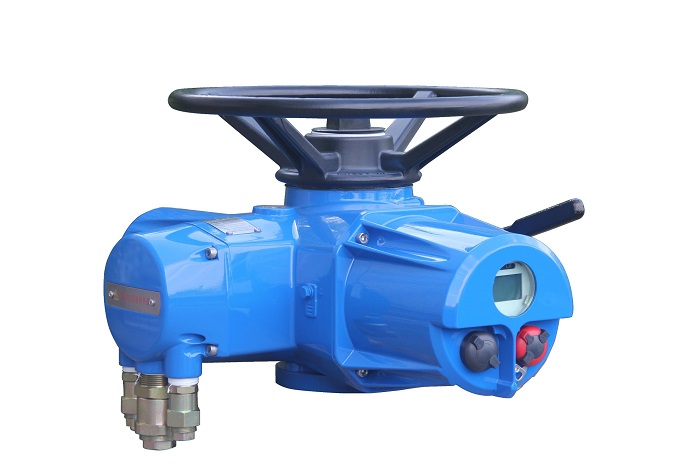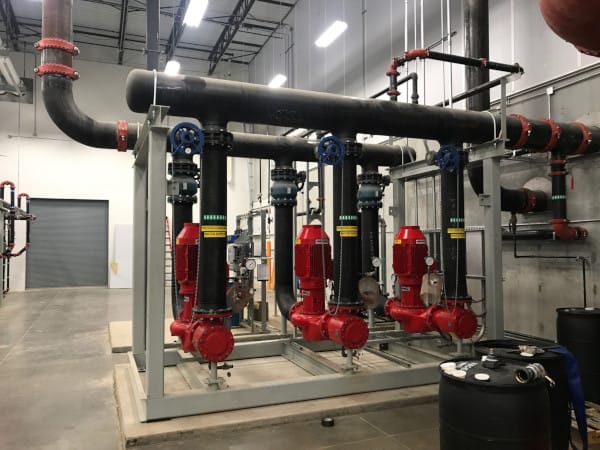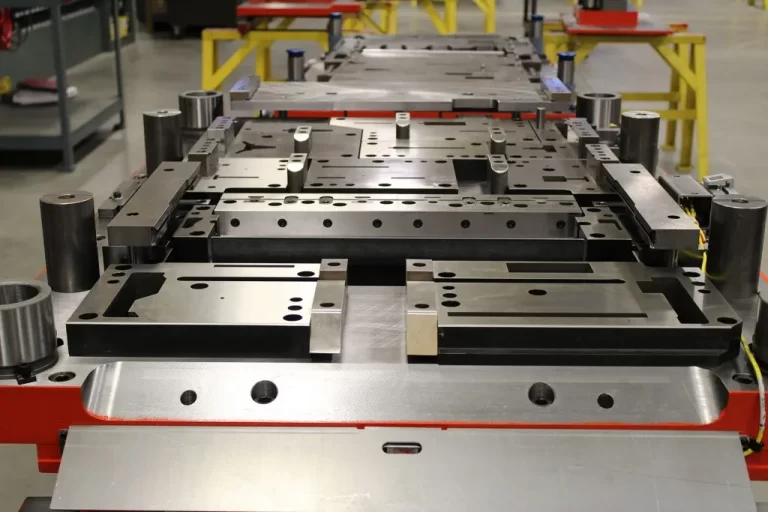Rebar Fundamentals: Building Stronger Structures
Rebar, or reinforcing bar, is an essential part of construction that significantly enhances the tensile strength of concrete. This guide examines the types of rebar available, their applications, and how they work alongside geogrid for optimal structural support.

Defining Rebar and Its Importance
Rebar refers to steel bars or meshes used to reinforce concrete, helping to reduce cracking and increase load capacity. It is vital for enhancing the tensile strength of concrete, which is robust under compression but lacks tension resistance.
Different Types of Rebar Explained
Various types of rebar exist, including epoxy-coated, galvanized, and stainless steel options. Each type offers specific benefits, such as corrosion resistance or improved adhesion, tailored to the specific environmental conditions encountered during construction.
Collaboration of Rebar and Geogrid
Geogrid, when used with rebar, significantly enhances soil stabilization and load distribution. This partnership, particularly in retaining walls or foundational systems, improves structural integrity and extends the lifespan of projects.
Key Factors for Selecting Rebar
When choosing rebar, it’s essential to evaluate the environment (corrosive vs. non-corrosive), the load-bearing requirements of the structure, and compliance with local building codes. Proper selection is crucial for ensuring durability and safety in construction.
Rebar is an indispensable element for reinforcing concrete, ensuring structures can endure various stresses. By understanding the types of rebar and its interaction with geogrid, builders can make informed decisions that enhance safety and longevity. For both contractors and DIY enthusiasts, the importance of rebar cannot be overstated.



